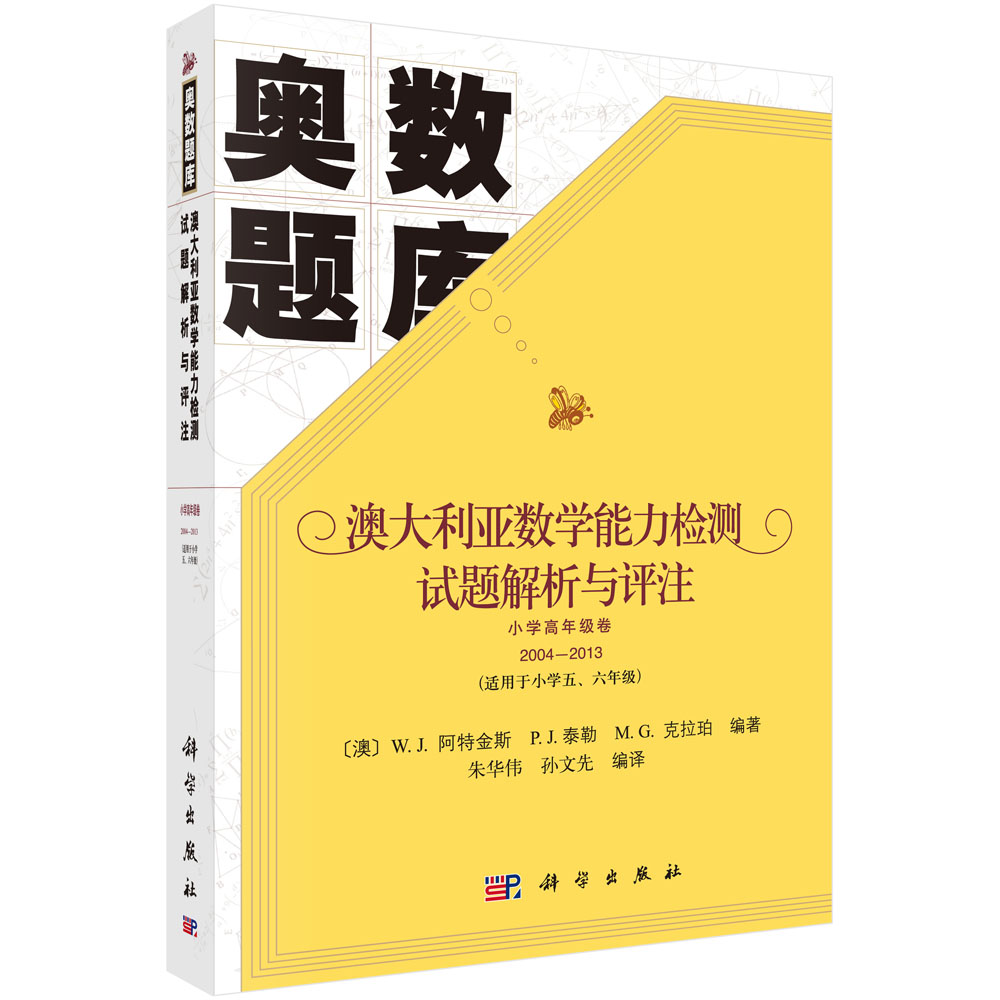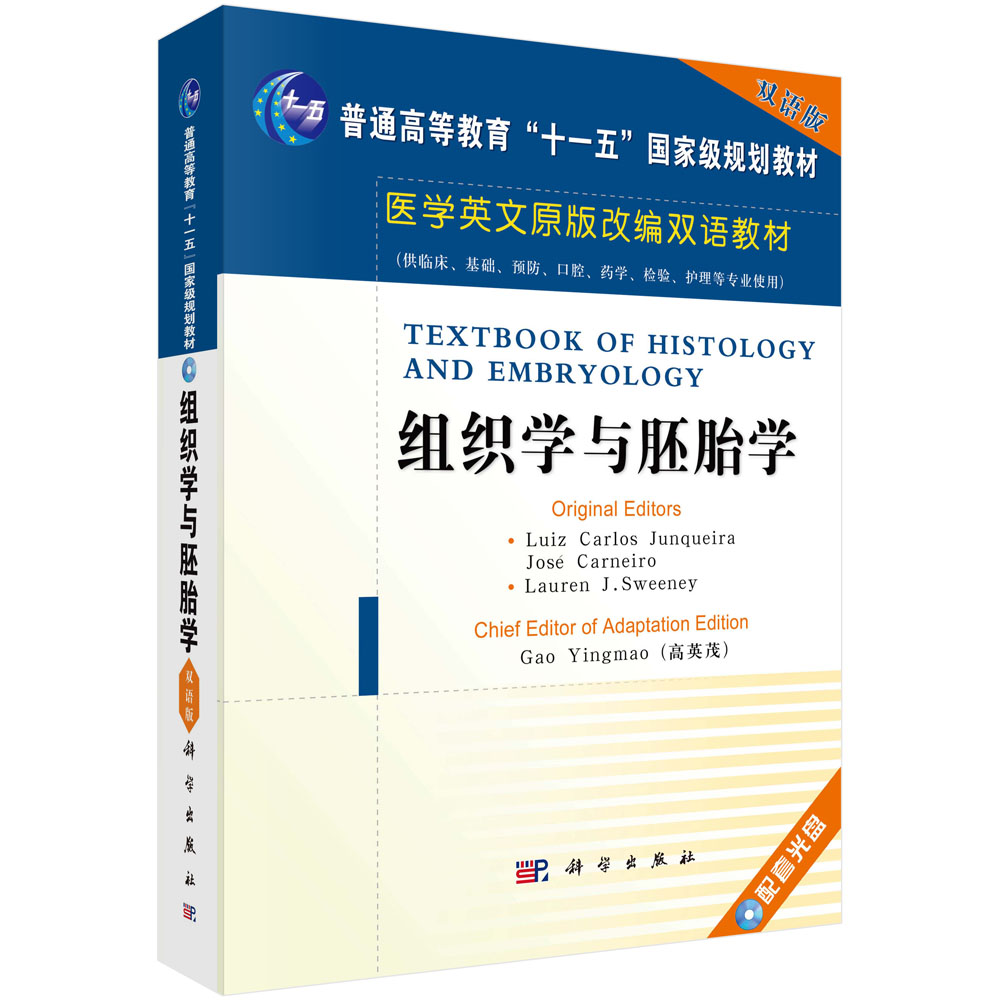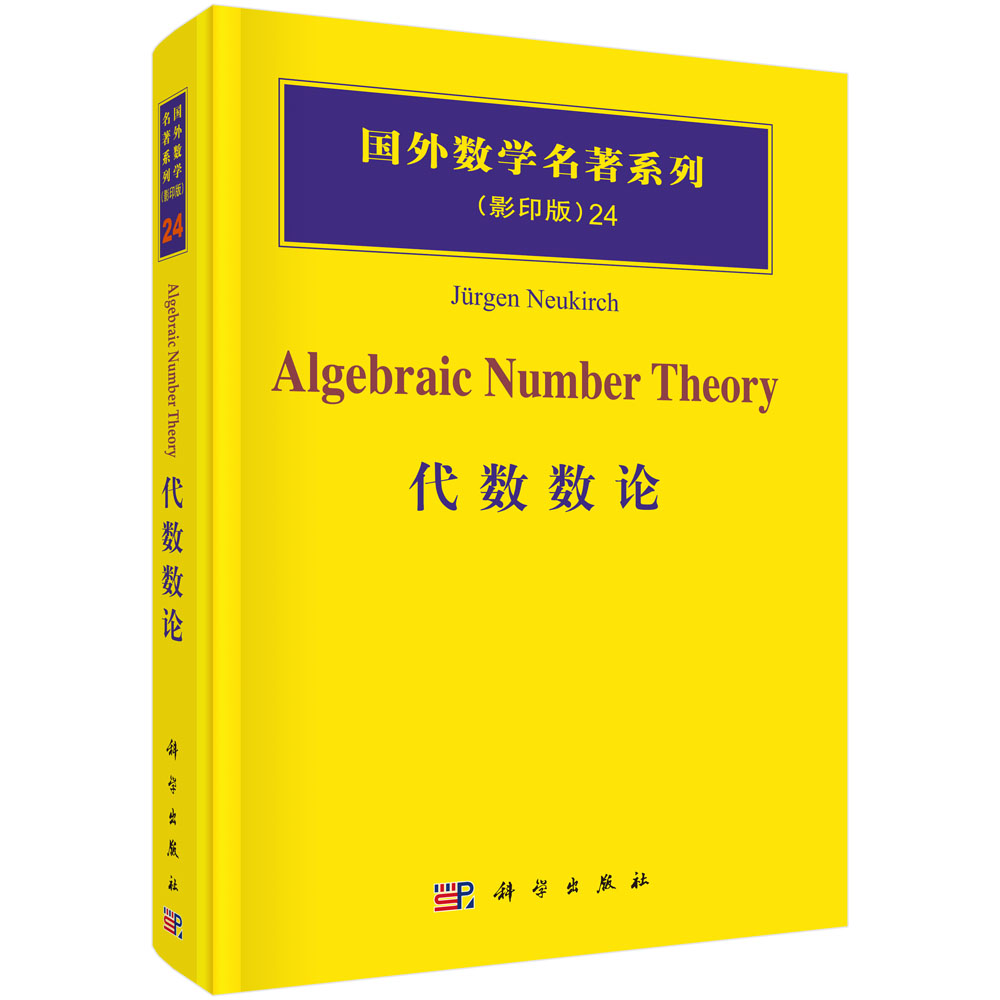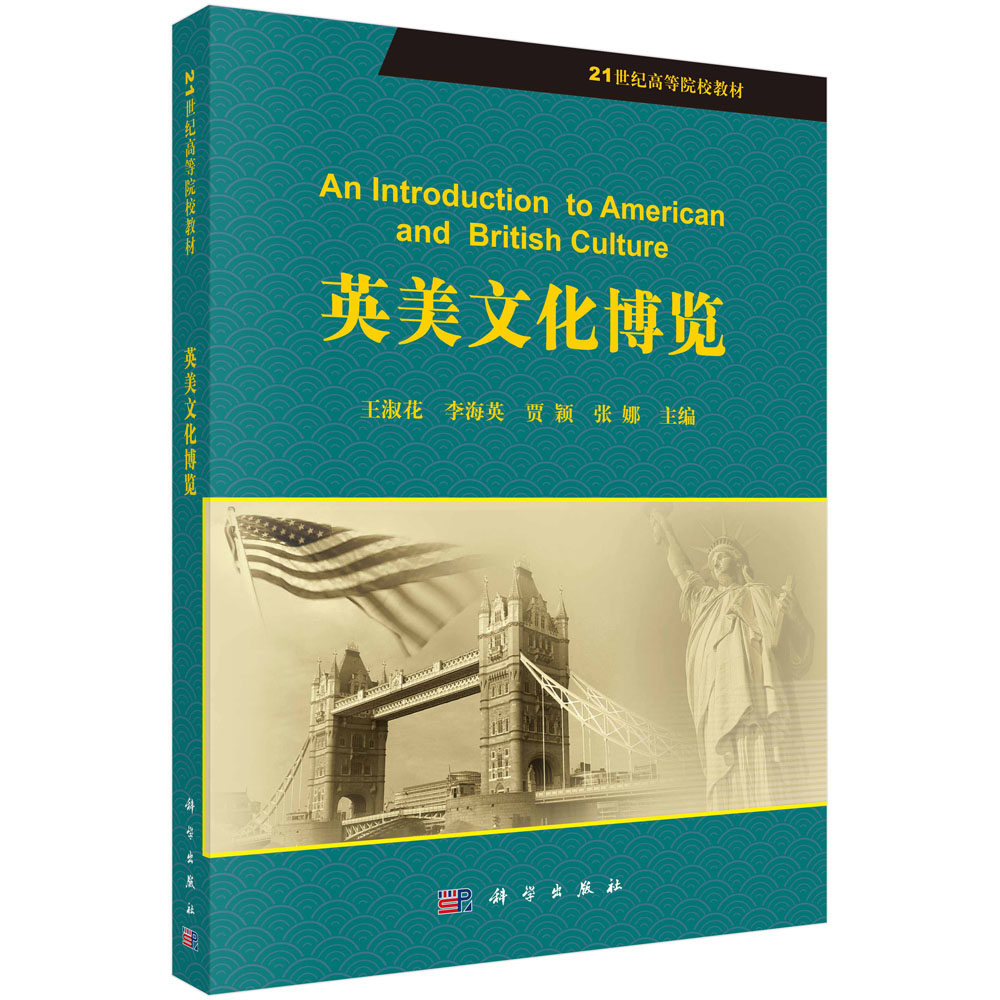全部商品分类































This textbook highlights the fundamentals of aerodynamics and the applications in aeronautics. The textbook is divided into two parts: basic aerodynamics and applied aerodynamics. The first part focuses on the basic principles and methods of aerodynamics. The second part covers the aerodynamic characteristics of aircraft in low speed, subsonic, transonic and supersonic flows. The combination of the two parts aims to cultivate students’ aerospace awareness, build the ability to raise and solve problems and the ability to make comprehensive use of the knowledge to carry out innovative practice.
样章试读
- 暂时还没有任何用户评论
全部咨询(共0条问答)
- 暂时还没有任何用户咨询内容